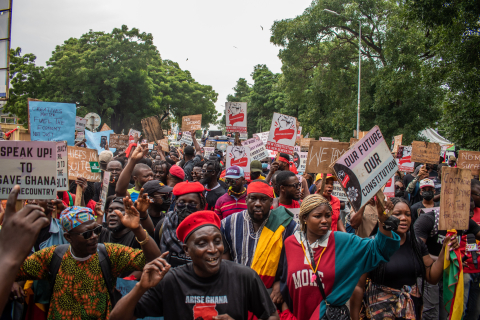China seeks its own Apollo moment – and more
On April 25, a Long March 2F rocket briefly lit up the dark desert sky above Jiuquan Spaceport in northwest China, carrying three Shenzhou-18 astronauts to the Tiangong space station. Such missions, including crew handovers, have become remarkably routine for China.
China launched just six crewed missions between 2003—which saw its first with Shenzhou-5, making China only the third country capable of independent human spaceflight—and 2020. It has since launched seven, with the Shenzhou-18 crew taking over from the outgoing Shenzhou-17 crew for a new six-month stint in orbit. Just over a week later, at the Wenchang Space Launch Site on the southern island province of Hainan, a Long March 5 launched Chang’e-6 — a robotic mission designed to collect the first samples from the far side of the moon. While China continues to build human spaceflight experience in low Earth orbit, Chang’e-6 will provide practice and further verification of several critical procedures, including lunar landing, launch from the moon, and rendezvous and docking in lunar orbit. Both missions are integral to a grander plan.
SECRECY AND AMBITION IN SPACE
China’s overarching lunar ambitions were on during a press conference last month in Jiuquan, which revealed the Shenzhou-18 mission’s crew just a day ahead of launch—a trait of secrecy likely due to the military running of China’s human spaceflight program. Lin Xiqiang, deputy director of the China Manned Space Engineering Office (CMSEO), stated that China was making steady progress on a number of fronts toward a stated goal of putting astronauts on the moon before 2030.
[...]
DOMESTIC PRESTIGE AND POWER COMPETITION
A Chinese crewed lunar mission would have a number of ramifications, not just for China, but the United States and globally.
[...]
Domestically, the Chinese Communist Party would bolster its legitimacy by achieving one of the greatest visible technological feats: landing astronauts on the moon. This accomplishment has only been achieved by the United States, which conducted six successful moon landings between 1969 and 1972. “China’s space program serves three main purposes: national social and economic development, national defense, and prestige and great-power competition,” Marc Julienne, director of the Center for Asian Studies at the French Institute of International Relations (IFRI), told SpaceNews.
“China’s Lunar exploration program aims first and foremost at the latter. Space exploration, and the moon in particular, is one dimension of the U.S.-China strategic competition. Even down on Earth, there is a diplomatic stake between the U.S.-led Artemis Accords and the Chinese-led ILRS, which compete in gathering international partners.”
[...]
COOPERATION CONSTELLATIONS
Despite globally expanding plans for low Earth orbit, cooperation between China and the West will likely be limited, according to Scott Pace.
[...]
“The first strategic implication is whether China successfully lands humans on the moon before the United States,” says Julienne. “China’s plan to establish a lunar research station is a long-term goal, but walking on the moon before the Americans would send a strong signal that China has become a space power as capable as the U.S., if not more.”
[...]
>>> Read the whole article on SpaceNews' website.

Media:
Share






